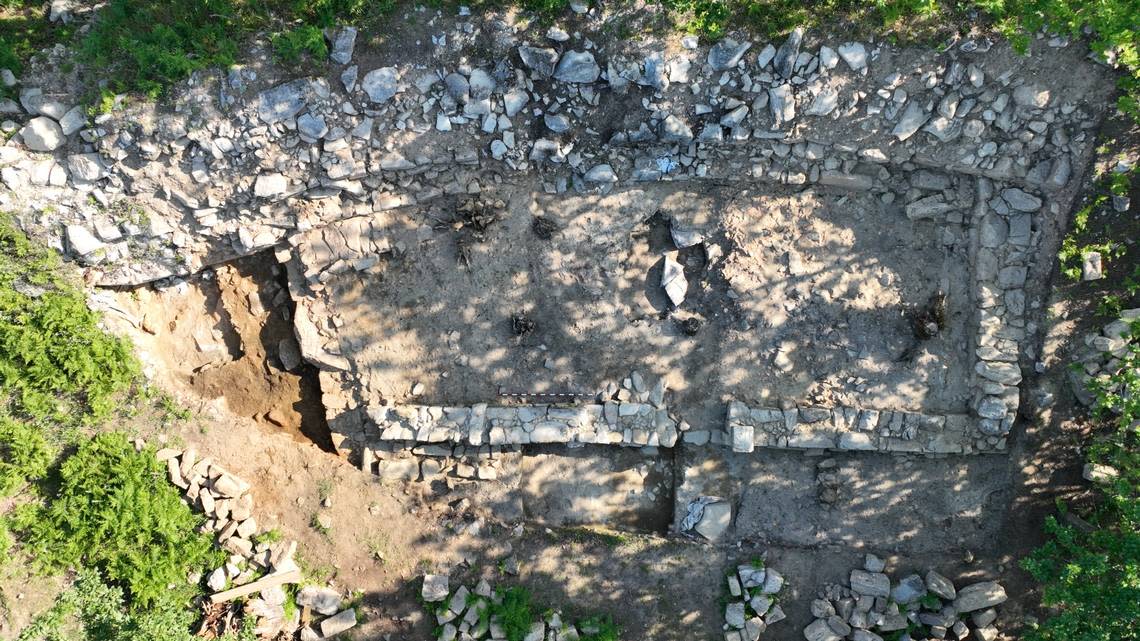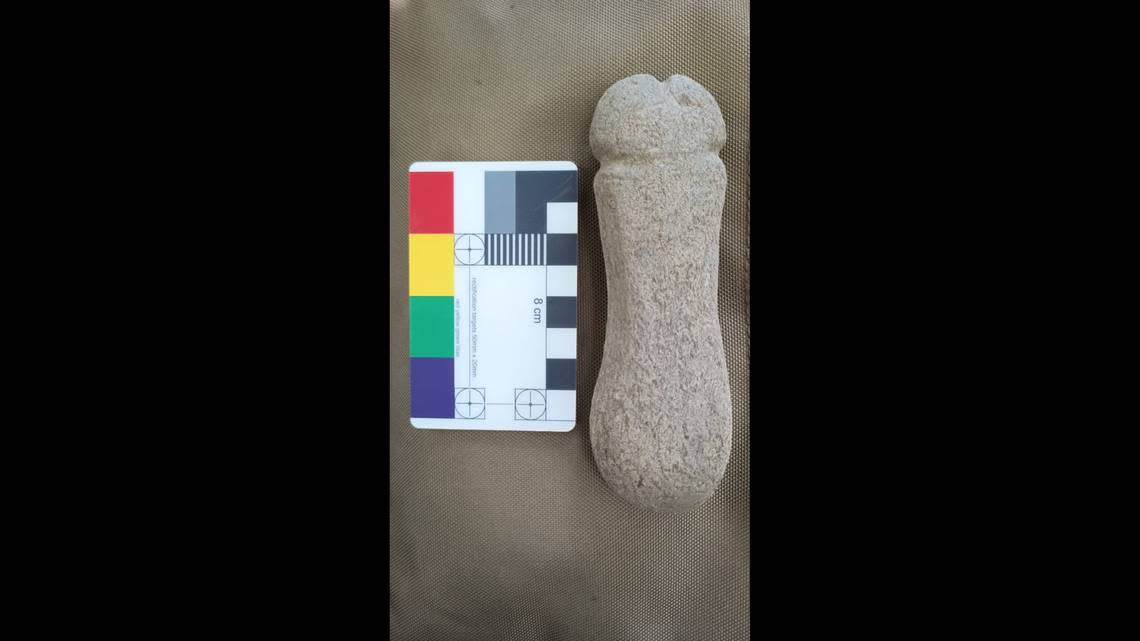Stone penis found in medieval Spanish ruins had a violent purpose, experts say
At the end of the 15th century, revolts against Spanish nobility raged in the Ría de Vigo. The uprisings grew so intense that most castles in the estuary region were destroyed.
Among the destruction was the Tower of Meira, which was demolished in 1476. Now, more than 500 years later, archaeologists are working to excavate the ruins of the tower — and some of their discoveries have been surprising.

Archaeologists working on the site have found artifacts such as pottery pieces or stone spindles, according to Facebook posts from Árbore Arqueoloxía e Restauración S. Coop. Galega, the organization leading the excavations. However, some finds have been more unexpected.
The group’s “most surprising” find was a 6-inch stone penis that was found buried in one of the layers of ruins, archaeologists said in a news release.

Phallic symbolism is commonly found in prehistoric artifacts, but experts said it is less common in finds from the medieval era. Despite their erotic and obscene meanings today, the phallus was likely used as a symbol of masculinity, violence and weapons.
Experts said this kind of symbolism may have been related to the violent uprisings taking place in the region around the time when the tower was demolished.
The “striking and unusual artifact” found in the ruins was likely used as a sharpening tool for weapons, archaeologists said. But questions about the tower and its artifacts still remain.
The team said it hopes to answer these lingering questions about the structure and its use during ongoing excavations.
The Ría de Vigo is in the northwest corner of Spain, about 385 miles northwest of Madrid.
Google Translate was used to translate Facebook posts from Árbore Arqueoloxía e Restauración S. Coop. Galega.
10,000-year-old carving of man holding his genitals is oldest known narrative carving
Metal detectorist finds 2,000-year-old figurine with eye-catching ‘oversized’ body part
1,800-year-old wooden phallus found in UK may have been a Roman ‘sex toy,’ study says
